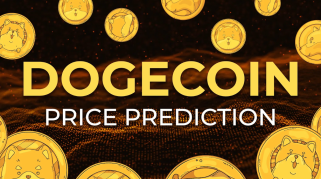
Shiba Inu: An Ethereum-Based Crypto with a Strong Ecosystem
The Shiba Inu ecosystem boasts a vibrant array of projects, including ShibaSwap, Shibarium, Shiba Eternity, and Shiboshis, with more initiatives in the pipeline.
The Story Behind Shiba Inu
Shiba Inu's creation remains shrouded in mystery. The anonymous founder, known only as "Ryoshi," launched the project in August 2020, maintaining that their identity was inconsequential to the token's success.
Token Supply and Burning
Shiba Inu initially launched with a supply of 1 quadrillion tokens, making it the largest token supply in circulation. However, extensive media coverage attracted attention to the project, shrinking the supply to its current level of 589 trillion.
Vitalik Buterin, the co-founder of Ethereum, played a significant role in this reduction. In 2021, he burned nearly 410 trillion SHIB tokens, donating the remaining proceeds to charity.
Shiba Inu's Burn Mechanism
Shiba Inu employs a straightforward burn mechanism. A percentage of each transaction is sent to a "burn address" - a wallet from which tokens cannot be retrieved. This process reduces the circulating supply of SHIB.
Burned Shiba Inu Data
According to Shib Burn's official website, a total of 410,730,854,986,609 SHIB have been burned from the initial supply. The maximum total supply remains at 999,982,343,411,512, while the total and circulating supplies stand at 589,269,145,013,390 and 583,513,394,037,657, respectively.
Comparison with Other Cryptocurrencies
Bitcoin has a fixed total supply of 21 million, with approximately 19 million in circulation as of this writing. Bitcoin's burning mechanism is automated and occurs every four years, reducing the number of coins minted annually by half.
Dogecoin, on the other hand, has no burn mechanism and an unlimited supply. Its circulating supply stands at around 141 billion DOGE.


 Crypto Daily™
Crypto Daily™ TheCoinrise Media
TheCoinrise Media Crypto Daily™
Crypto Daily™ DogeHome
DogeHome ETHNews
ETHNews Crypto Daily™
Crypto Daily™ crypto.ro English
crypto.ro English Thecoinrepublic.com
Thecoinrepublic.com Crypto Daily™
Crypto Daily™






















